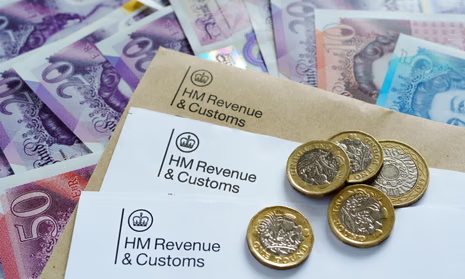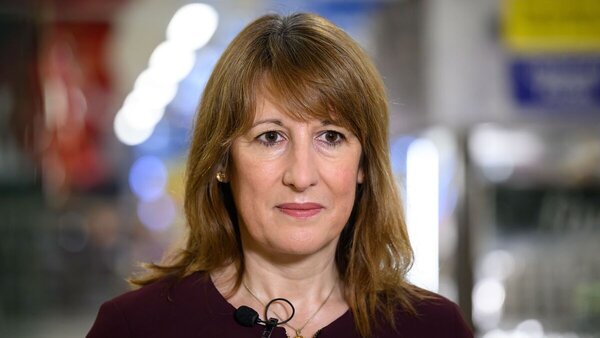HMRC to Roll Out Digital VAT Number Delivery
HM Revenue & Customs (HMRC) has confirmed plans to move to a fully digital process for issuing VAT registration numbers, phasing out postal delivery in the future. This announcement forms part of HMRC’s Transformation Roadmap, a strategy that lays out its ambition to become a digital-first organisation by 2030.
Under the roadmap, HMRC aims to ensure that at least 90% of taxpayer interactions take place digitally by 2029–2030. The move toward digital issuance of VAT numbers is designed to speed up the registration process for businesses, reduce administrative delays, and improve security through a GDPR-compliant system. While the exact implementation date has not been confirmed, HMRC has indicated that this change will be introduced once a secure delivery channel has been developed and tested.
Digital VAT Number Issuance
Currently, VAT registration numbers are sent to businesses by post a method considered secure but often slow. HMRC now plans to digitise this process by sending VAT numbers electronically, likely via a secure email or online portal.
This development was highlighted in HMRC’s recently published Transformation Roadmap, which notes that the department is “exploring” digital delivery options for VAT numbers. This signals a significant step towards reducing paperwork and providing businesses with quicker access to the documentation they need to start trading.
Security and GDPR Compliance
HMRC has stressed that any move away from postal delivery will only take place once a secure, GDPR-compliant system is in place. Digital delivery must protect businesses from the risk of fraud or unauthorised interception of VAT numbers one of the key reasons the department has historically relied on postal communication.
Although exact technical details have not been disclosed, it is expected that authentication measures and encryption will play a central role in the solution to ensure compliance with UK data protection standards.
Corporation Tax Services: A Clarification
Some reports suggest HMRC is reviewing other parts of its business-tax services, including how activation codes for corporation tax accounts are delivered. However, HMRC has separately stated that it does not plan to roll out Making Tax Digital for Corporation Tax in the immediate future.
Therefore, while HMRC may upgrade its legacy corporation tax systems to improve user experience, the extent of digitalisation for CT services remains unclear. Any changes would likely be introduced gradually, after stakeholder consultation.

HMRC’s Transformation Roadmap
The VAT number digitisation initiative is one part of a much larger programme of reform. The Transformation Roadmap is HMRC’s blueprint for the remainder of the decade and focuses on:
- Improving day-to-day performance ensuring smoother, more reliable taxpayer interactions
- Closing the tax gap reducing lost or unpaid tax
- Modernising legacy systems upgrading outdated technology and processes
- Delivering a future vision for tax and customs making the entire system more digital, secure, and efficient
The roadmap sets a target for 90% of customer interactions to be handled digitally by the end of the decade, marking a major shift in how the UK tax system operates.
Implications for Businesses
For businesses, the shift to digital delivery could reduce waiting times for VAT registration numbers a key benefit for new firms looking to begin trading quickly. Faster processing may also help companies manage cash flow better by enabling earlier VAT claims.
However, businesses will need to adapt to a fully digital system, ensuring they have reliable email access, secure systems, and the ability to receive official documents online. HMRC will also need to provide support for organisations with limited digital access or capability.
Balancing Speed and Security
While the change promises efficiency gains, security remains a top concern. Postal delivery has long been used as a fraud-prevention measure. Replacing it with a digital channel introduces new risks including potential phishing attacks or data breaches which HMRC must mitigate through strong verification and authentication systems.
If executed correctly, the move could serve as a model for further digital reforms in the UK tax system. If not, it risks eroding trust and creating new vulnerabilities for taxpayers.

Final Summary
HMRC’s decision to digitise the delivery of VAT registration numbers marks a key milestone in its ambition to become a digital-first tax authority by 2030. While the current postal system will remain until a fully GDPR-compliant process is live, businesses can look forward to faster and more efficient registrations once the new channel launches.
At Pie, we keep a close eye on HMRC’s roadmap so you don’t have to. Our goal is to make sure businesses and individuals understand what these changes mean in practice and how to stay ahead. Whether it’s new digital systems, compliance updates, or claiming what’s rightfully yours, Pie is here to make tax simple, secure and stress-free.
This shift is part of HMRC’s wider transformation agenda: modernising outdated systems, improving user experience, and reducing the tax gap. But with digital comes responsibility. Security will be critical digital delivery must prove to be as safe, if not safer, than the traditional post to protect against fraud and maintain trust.











